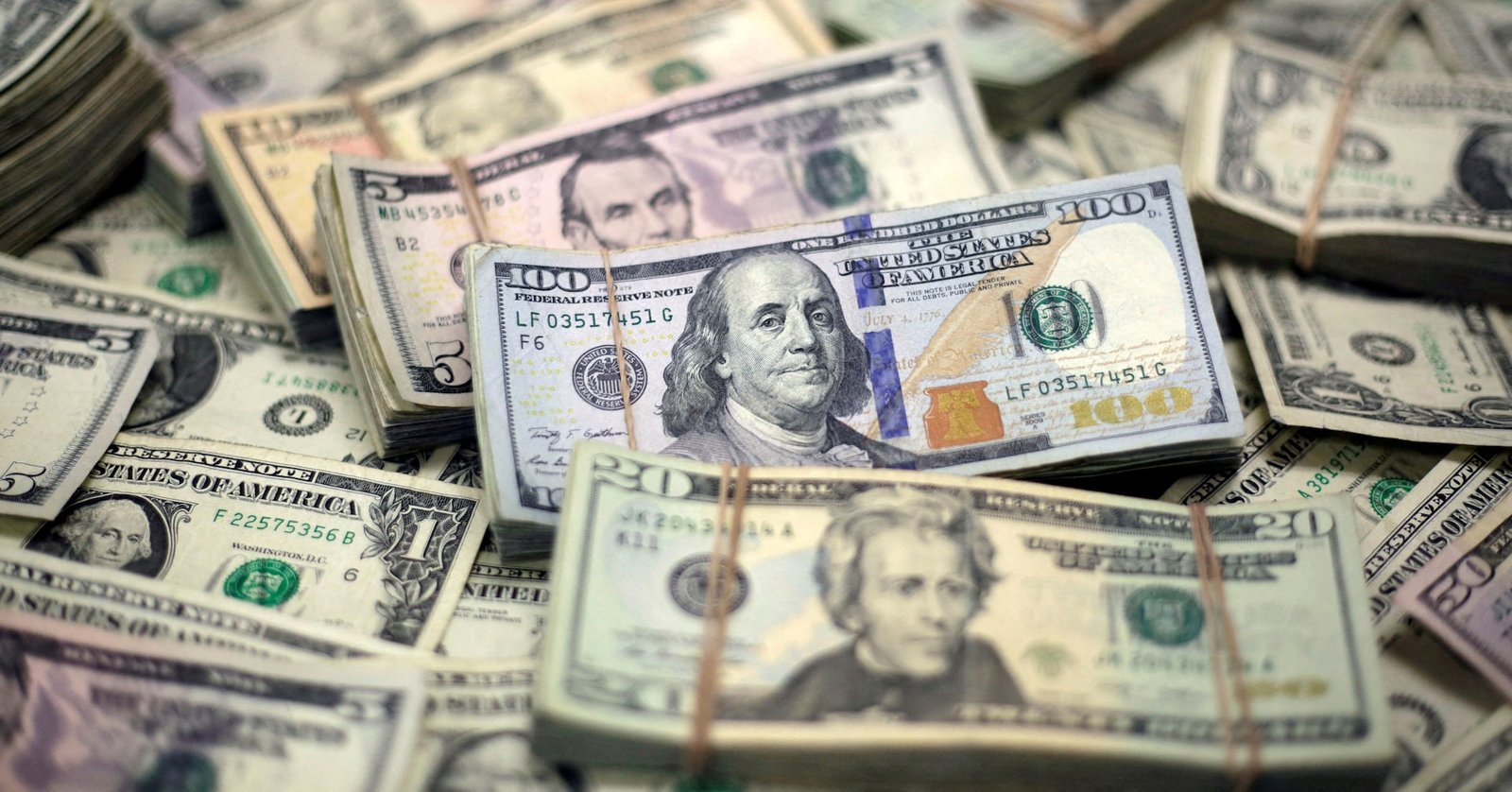The Australian Dollar (AUD) picked up where it left off on Friday, extending its rebound and prompting AUD/USD to reclaim the key 0.6500 yardstick in a solid start to the new trading week.
The move higher has been supported by a softer tone around the US Dollar (USD), as investors continue to grapple with ongoing US–China trade uncertainty and growing expectations that the Federal Reserve could tilt more dovish in the months ahead.
Domestic data holding its ground
Australia’s economic data still looks reasonably resilient. September’s final manufacturing and services PMIs eased slightly but held above 50, signalling continued expansion.
Retail Sales rose 1.2% in June, while the August trade surplus narrowed only modestly to A$1.825 billion. Business investment continued to rise in Q2, and GDP expanded 0.6% on the quarter and 1.8% over the past year: steady, if unspectacular, figures.
The jobs market is starting to show a few cracks, though. The Unemployment Rate rose to 4.5% in September from 4.3%, while Employment Change came in at just +14.9K, missing expectations. It’s not yet a warning sign, but it does suggest hiring momentum may be slowing.
RBA still focused on inflation and jobs
Inflation and employment remain the Reserve Bank of Australia’s (RBA) main priorities. The August Monthly CPI Indicator (Weighted Mean) edged up to 3.0% from 2.8%, while Q2 CPI rose 0.7% quarter-on-quarter and 2.1% year-on-year. The Melbourne Institute’s October Consumer Inflation Expectations also moved higher, to 4.8%.
The trimmed mean CPI sits comfortably within the RBA’s 2–3% target band at an annualised 2.7% in Q2.
At its 30 September meeting, the RBA kept the Official Cash Rate (OCR) at 3.60%, as expected, but softened its earlier hints of possible easing. Policymakers noted that disinflation could be losing momentum after the CPI surprise, with Q3 inflation likely to come in a bit hotter than previously thought.
Governor Michele Bullock has maintained a data-dependent stance, stressing that decisions will continue to be made “meeting by meeting.” While rate cuts aren’t off the table, she’s been clear that the RBA wants stronger evidence that supply and demand pressures are easing.
Speaking again last week, Bullock suggested that firmer consumer spending and slightly stickier inflation have prompted the Bank to reassess the case for further cuts. With rates only mildly restrictive and financial conditions already easing, the RBA appears in no hurry to move.
Markets are currently pricing in around 26 basis points of easing by year-end, with roughly 74% odds of a 25-basis-point cut at the next meeting on November 4.
China still steering the outlook
Australia’s fortunes remain closely tied to China’s uneven recovery. Chinese GDP grew 4.8% year-on-year in Q3, beating forecasts, but August retail sales missed at 3.4%. September PMIs painted a mixed picture: manufacturing remained in contraction at 49.8, while services barely held steady at 50.0.
China’s trade surplus narrowed to $90.45 billion in September from $103.33 billion, and consumer prices stayed in deflation, down 0.3% on a yearly basis.
Meanwhile, the People’s Bank of China (PBoC) kept its Loan Prime Rates (LPR) unchanged today, leaving the one-year rate at 3.00% and the five-year at 3.50%, as widely expected.
Technical outlook
A ray of light seems to have just emerged from AUD bulls.
Indeed, the current rebound could test the interim hurdle at the 100-day and 55-day SMAs at 0.6533 and 0.6547, respectively. Extra gains from here expose the October high at 0.6629 (October 1), followed by the 2025 ceiling at 0.6707 (September 17). Further up comes the 2024 top at 0.6942 (September 30), just ahead of the 0.7000 threshold.
The resurgence of the selling impulse could prompt AUD/USD to revisit the October floor at 0.6440 (October 14), prior to the critical 200-day SMA at 0.6428, and the August base at 0.6414 (August 21). Further south emerges the June valley at 0.6372 (June 23), while a deeper decline could challenge the key 0.6000 round level before the 2025 bottom at 0.5913 (April 9).
Momentum indicators seem to underpin the current bounce: the Relative Strength Index (RSI) bounces past the 45 level, suggesting that further gains could be in the offing; the Average Directional Index (ADX) near 20 indicates that the ongoing trend seems to be gathering steam.
AUD/USD daily chart
-1760976861967-1760976861968.png&w=1536&q=95)
Still waiting for a spark
All in all, AUD/USD remains stuck in a broad 0.6400–0.6700 range and is looking for a clear catalyst to break free. A stronger run of Chinese data, a dovish surprise from the Fed, or a softer tone from the RBA could be just what’s needed to give the pair fresh direction.
Australian Dollar FAQs
One of the most significant factors for the Australian Dollar (AUD) is the level of interest rates set by the Reserve Bank of Australia (RBA). Because Australia is a resource-rich country another key driver is the price of its biggest export, Iron Ore. The health of the Chinese economy, its largest trading partner, is a factor, as well as inflation in Australia, its growth rate and Trade Balance. Market sentiment – whether investors are taking on more risky assets (risk-on) or seeking safe-havens (risk-off) – is also a factor, with risk-on positive for AUD.
The Reserve Bank of Australia (RBA) influences the Australian Dollar (AUD) by setting the level of interest rates that Australian banks can lend to each other. This influences the level of interest rates in the economy as a whole. The main goal of the RBA is to maintain a stable inflation rate of 2-3% by adjusting interest rates up or down. Relatively high interest rates compared to other major central banks support the AUD, and the opposite for relatively low. The RBA can also use quantitative easing and tightening to influence credit conditions, with the former AUD-negative and the latter AUD-positive.
China is Australia’s largest trading partner so the health of the Chinese economy is a major influence on the value of the Australian Dollar (AUD). When the Chinese economy is doing well it purchases more raw materials, goods and services from Australia, lifting demand for the AUD, and pushing up its value. The opposite is the case when the Chinese economy is not growing as fast as expected. Positive or negative surprises in Chinese growth data, therefore, often have a direct impact on the Australian Dollar and its pairs.
Iron Ore is Australia’s largest export, accounting for $118 billion a year according to data from 2021, with China as its primary destination. The price of Iron Ore, therefore, can be a driver of the Australian Dollar. Generally, if the price of Iron Ore rises, AUD also goes up, as aggregate demand for the currency increases. The opposite is the case if the price of Iron Ore falls. Higher Iron Ore prices also tend to result in a greater likelihood of a positive Trade Balance for Australia, which is also positive of the AUD.
The Trade Balance, which is the difference between what a country earns from its exports versus what it pays for its imports, is another factor that can influence the value of the Australian Dollar. If Australia produces highly sought after exports, then its currency will gain in value purely from the surplus demand created from foreign buyers seeking to purchase its exports versus what it spends to purchase imports. Therefore, a positive net Trade Balance strengthens the AUD, with the opposite effect if the Trade Balance is negative.






